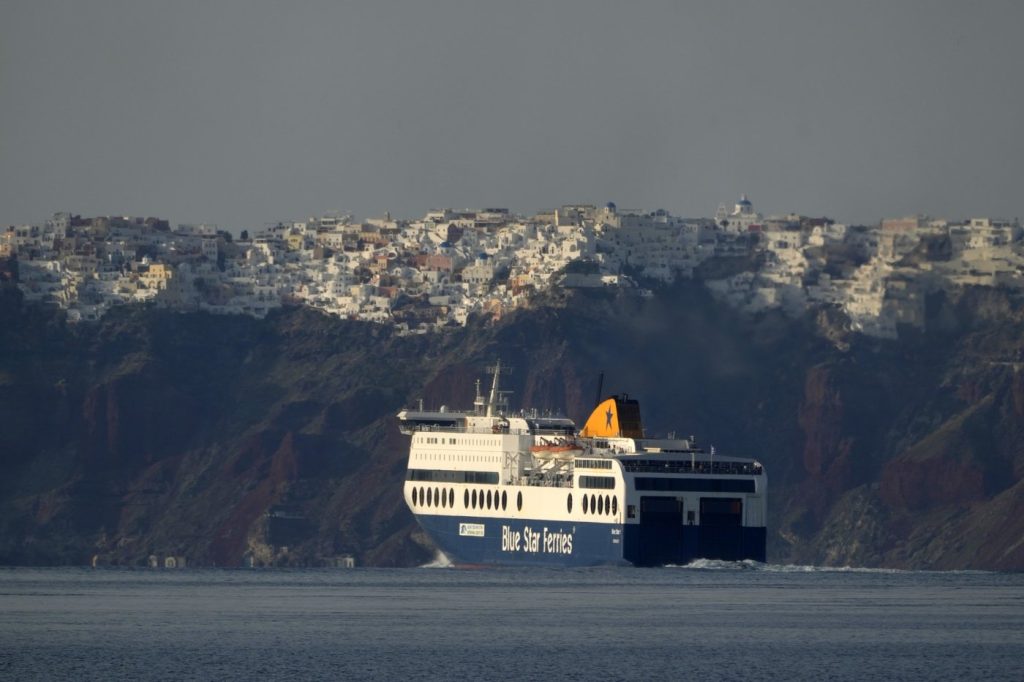ATHENS, Greece (AP) – The frequency of earthquakes affecting Santorini and its neighboring islands has shown signs of easing in recent days, according to the Greek government's chief seismologist. However, he cautioned that the outlook for future tremors in the coming weeks remains unpredictable.
Costas Papazachos, a seismologist and professor of geophysics at the University of Thessaloniki, spoke to state-run ERT radio on Monday, stating, "Unfortunately, for now, we must wait. These seismic sequences do not end quickly. They follow their own timeline." He expressed hope that this particular seismic activity would resolve itself sooner rather than later.
A state of emergency is currently in effect on Santorini, along with the nearby islands of Ios, Amorgos, and Anafi, following a series of undersea earthquakes throughout the month. Some residents experienced tremors that were felt as frequently as every few minutes, forcing thousands of locals and workers to evacuate to the Greek mainland. As a precautionary measure, schools in the affected areas have been closed for a third consecutive week, and security services have deployed rescue teams and backup power generators.
The Greek government announced on Monday the establishment of an emergency port facility on Santorini to facilitate a potential large-scale evacuation if deemed necessary. Papazachos leads two emergency committees that comprise scientists, military officials, and emergency services personnel who are closely monitoring the situation.
According to Papazachos, while Santorini’s dormant volcano does not pose an immediate danger, the seismic activity is being influenced by nearby magma. He elaborated, "The root cause of the activity is the interaction of tectonic and magmatic processes. That does not mean that the molten material – the magma – will manage to break through 8 kilometers (5 miles) of crust and reach the surface, causing a new volcanic eruption."
Scientists are working to gain a comprehensive understanding of the seismic events by analyzing data from an array of sensors. "We are monitoring not only seismographs but also numerous other systems that track ground deformation, gas emissions, and satellite data," he said. Papazachos also cautioned that it is premature to make definitive forecasts regarding the current slight decrease in seismic activity, noting that the situation has yielded unexpected developments in the past.
Recent reports indicate that earthquakes of magnitudes up to 5.1 were recorded on Monday in the undersea regions surrounding the four islands currently under a state of emergency. The unfolding situation continues to be closely observed by scientists and local authorities as they prepare for any potential escalations.










